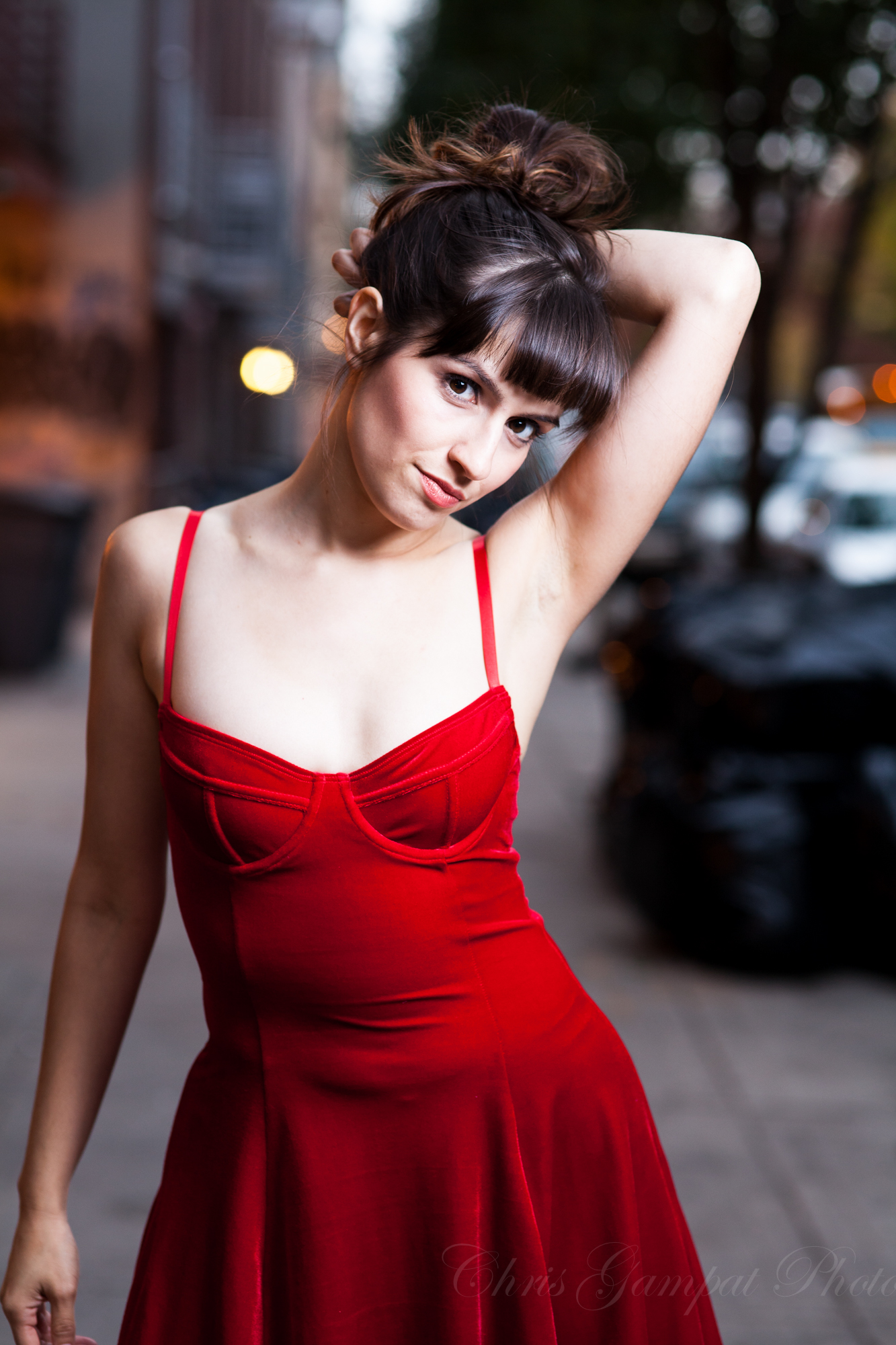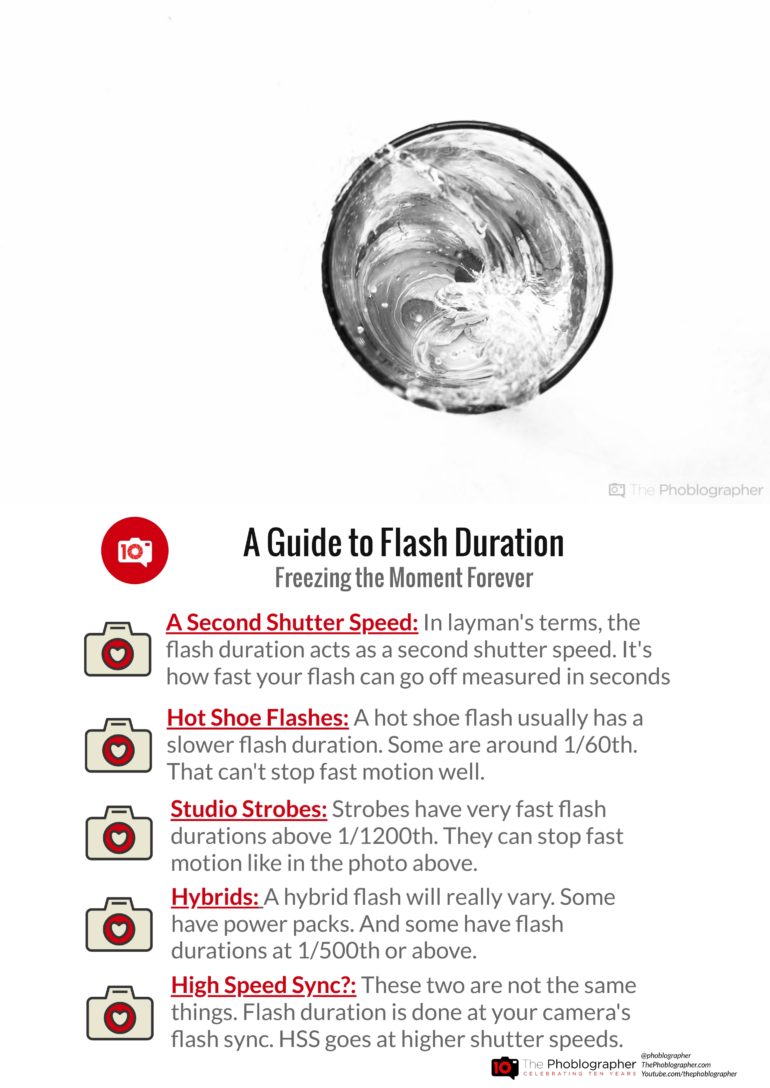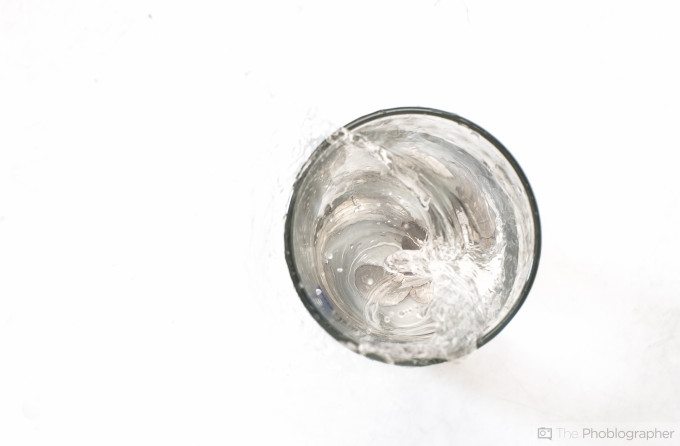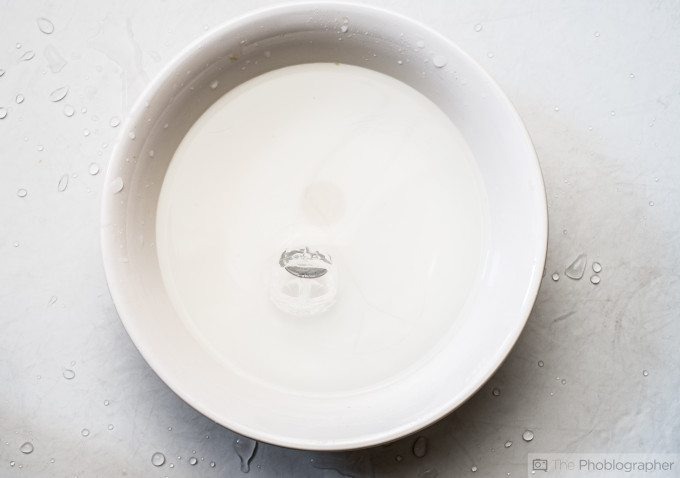Things changed so much for me when I learned about flash duration!
If there’s one thing that I adore about flash photography, it’s flash duration. This is a secret weapon so many new photographers don’t know about. But once you understand it and tame it, you’ll see how much better your photos will be. It’s is the subtle difference between that extra pop and a flat image! The 3D look that it can deliver is surreal. You’ll be able to see and experience it even when not looking at 100%.
How Flash Duration Works
To understand how flash duration works, you need to know how exposures work when shooting with a flash. So here’s the breakdown:
- The shutter speed controls the ambient light in the scene. It becomes your secondary light.
- The aperture is tied to your flash output. If your flash is fixed at 1/4 power, then your aperture will let more or less light in accordingly.
- The ISO controls overall sensitivity.
Now that you’ve got that, you can understand how the process works. It basically acts as a second shutter speed. Your camera has a shutter speed, but your flash also releases bursts of light in fractions of a second. The faster it is, the greater it is at stopping motion. But it can also act to kill ambient lighting in the scene. It works very similarly to how shutter speed works.
“In situations where flash is added into the scene, the shutter speed controls movement capture and ambient light while the flash duration stops the fast moving subject. Theoretically, it can allow a photographer to handhold a camera and shoot for an entire two seconds or so because the flash will stop the fast moving motion. In fact, we were able to create the opening image in this article by shooting at longer than two seconds–but the fast flash duration helped quite a bit.”
A quote from A Quick Introduction to High Speed Flash Photography
Best Uses
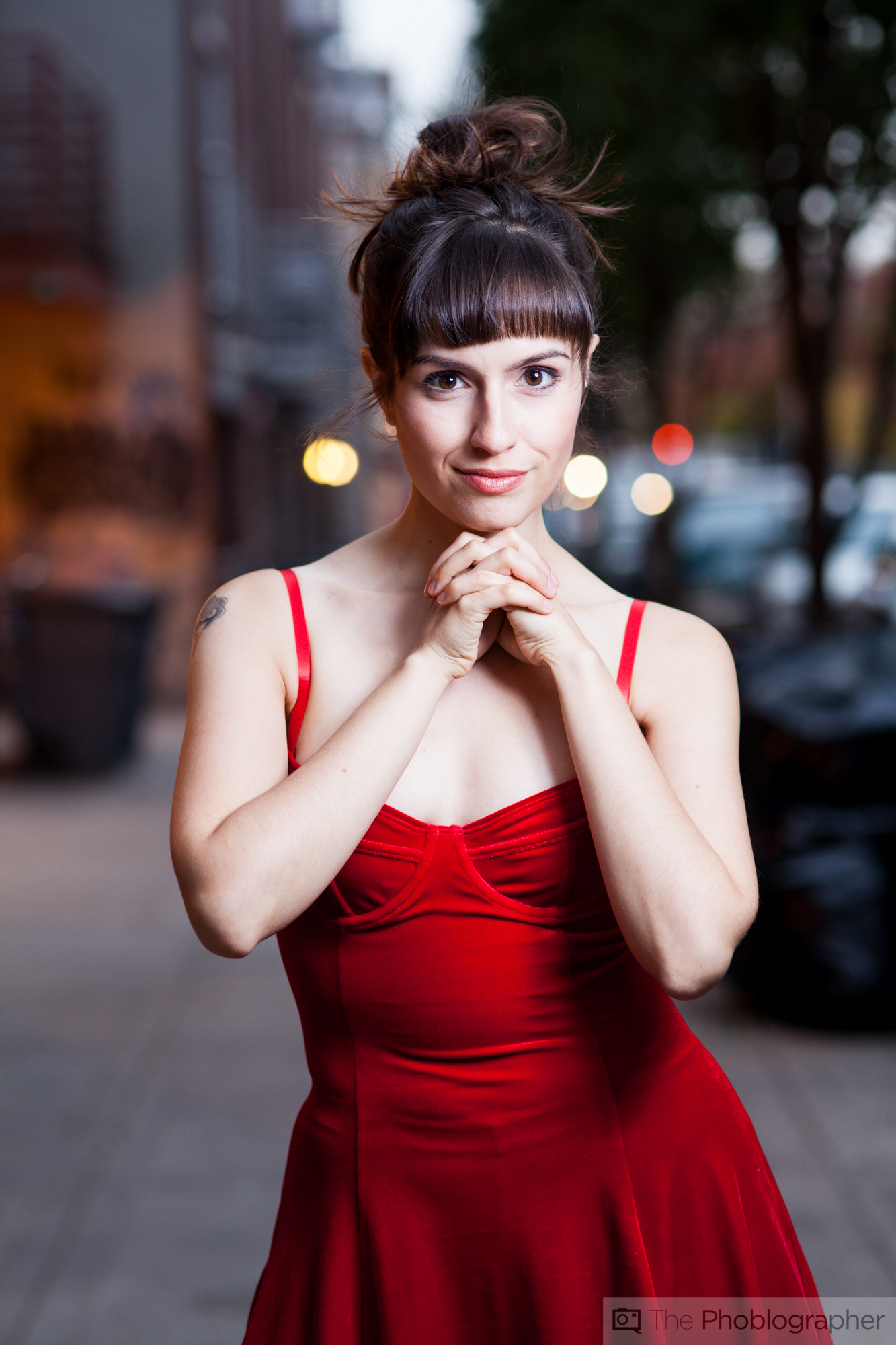
Here, the above is an example of a fast flash duration. The sun was still up, but it killed the ambient lighting in the scene. So we got this awesome photo. The extra pop that you’re seeing is because of the silver and white interior on the light modifier. If you combine that with a fast duration and a sharp lens, you get results like this. We nailed it here. And you can’t really get that with constant lighting unless you crank up the ISO and do some post-production.
We shot one photo with TriggerTrap’s sound activated flash sync and one without it. The first photo gave us a fast flash duration and the really cool effect that we see there. The second photo is obviously with a slower flash duration. The way it worked is by listening to the ambient noise and making the flash go off when it heard something. This is great for breaking glass or throwing a coin in the water. The Triggertrap set off the camera, which set off the flash. And the short duration gave us the effect above.
These creative effects can only be done with short durations. Unfortunately, constant lighting can’t do this.
Flash Duration Is Not High Speed Sync
Just to reiterate, flash duration and high speed sync are different things. With fast flash duration, you’re shooting at your camera’s maximum shutter speed. With high speed sync, you’re going over it.


